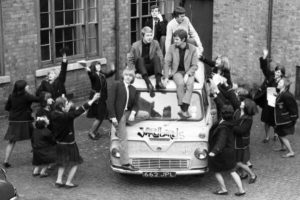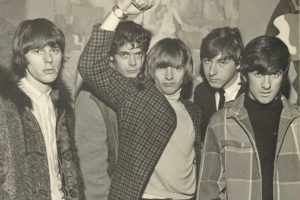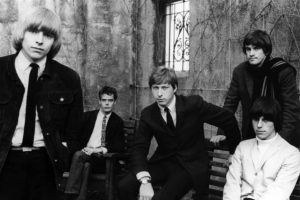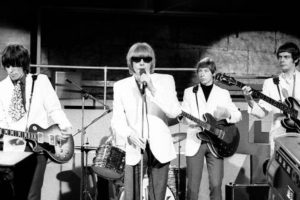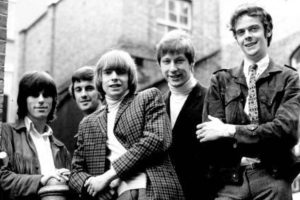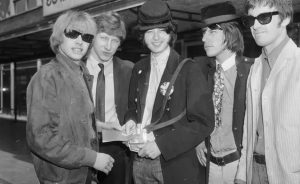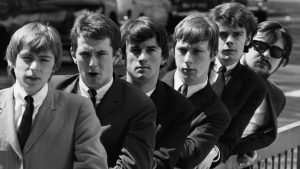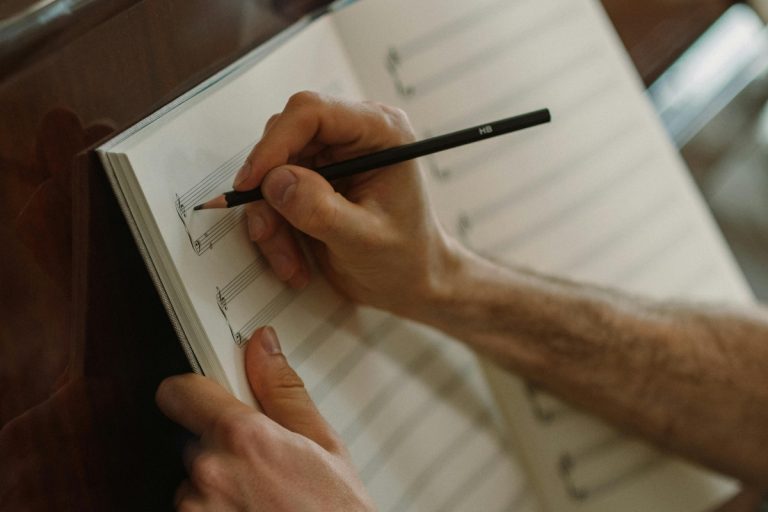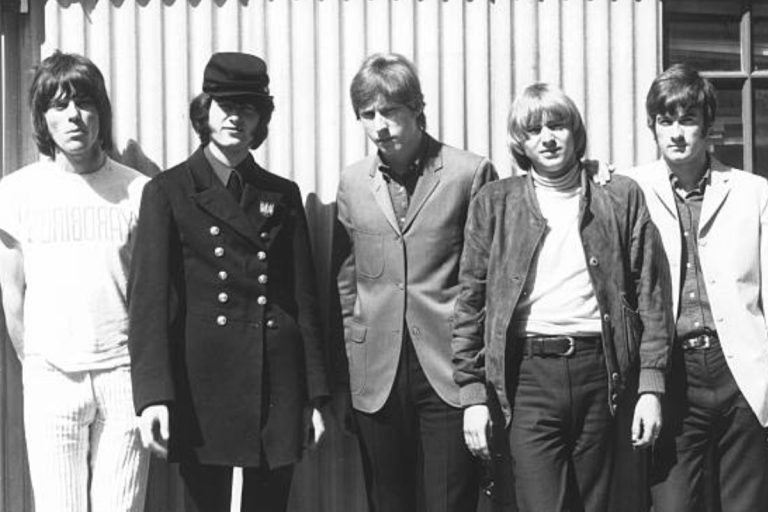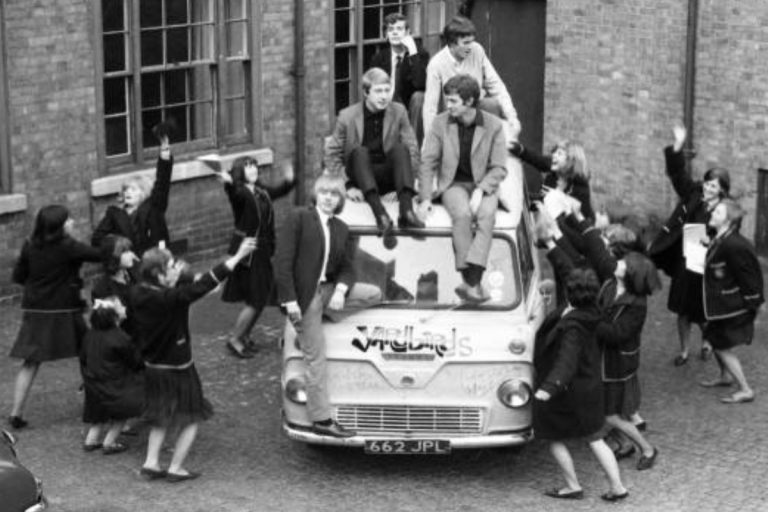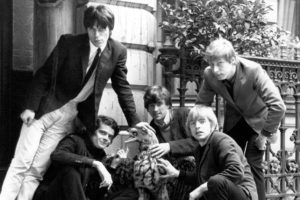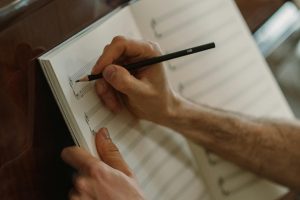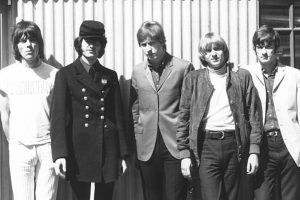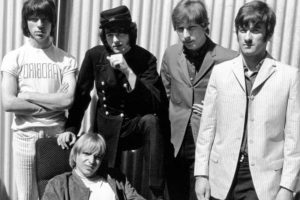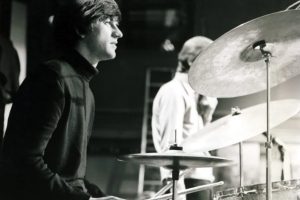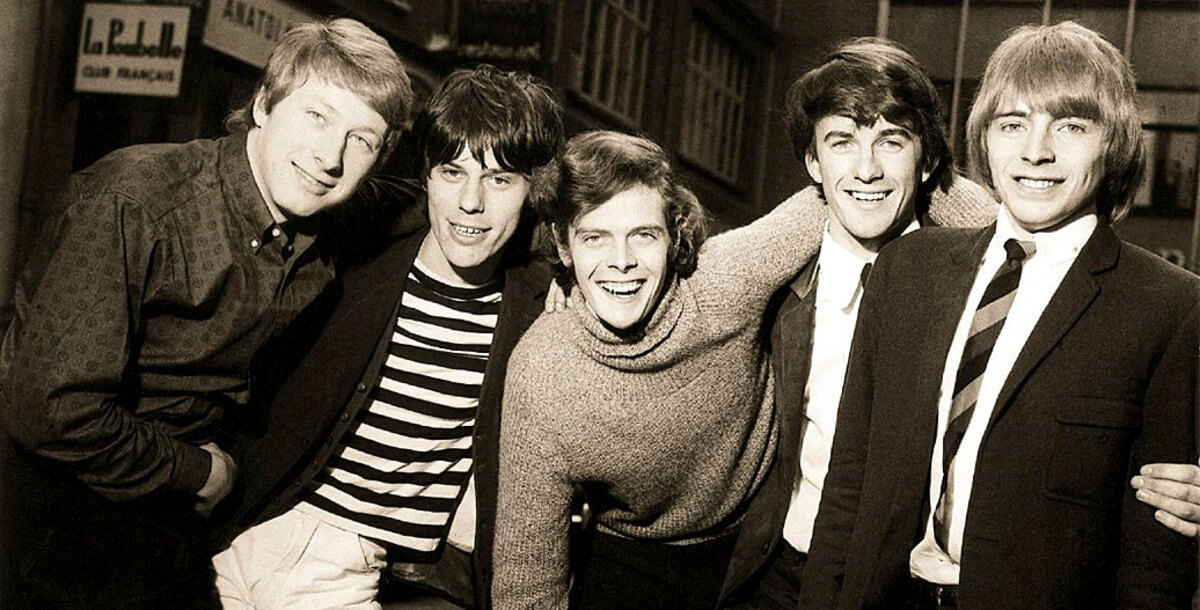
Shaping a Generation Through Sound and Style
The Yardbirds are celebrated for their revolutionary contributions to rock music, but their influence extends well beyond sound. Emerging as cultural icons during the vibrant and transformative 1960s, The Yardbirds became synonymous with rebellion, creativity, and artistic experimentation. They not only set new standards for music but also played a significant role in shaping the cultural fabric of their time.
Their music, style, and ethos resonated deeply with the counterculture movement, reflecting the social and artistic upheavals of the decade. This article delves into The Yardbirds’ cultural impact, exploring their role in defining the Swinging Sixties, their influence on visual media, and their enduring legacy as symbols of counterculture. In examining their contributions beyond music, we uncover a band that was both a product and a shaper of their era’s cultural revolution.
Defining the Swinging Sixties
The Yardbirds were intrinsic to London’s Swinging Sixties, a cultural renaissance marked by innovation in music, fashion, and art. This era celebrated youth, liberation, and creative exploration, and The Yardbirds became its sonic embodiment.
London in the 1960s was a global epicenter of cultural change. Clubs like the Marquee and Crawdaddy Club were not just venues—they were incubators of a new cultural movement. The Yardbirds were regular performers at these legendary spots, captivating audiences with their dynamic fusion of blues and experimental rock. These performances didn’t just entertain; they helped shape the ethos of a generation.
Their music reflected the shifting consciousness of the 1960s. Songs like “Shapes of Things” were ahead of their time, blending innovative guitar work with lyrics that spoke to social awareness and the desire for change. The track’s anti-war undertones and pioneering use of feedback captured the spirit of a generation questioning the status quo and seeking new possibilities.
Meanwhile, their pop crossover hit “For Your Love” showcased the adaptability of their sound to mainstream tastes, introducing a broader audience to their innovative blend of styles. While the song marked a departure from their blues roots, it reflected the eclecticism that defined the era’s musical landscape.
The Yardbirds’ image was equally impactful. Their mod-inspired fashion—characterized by tailored suits, bold patterns, and a casual yet sophisticated demeanor—set trends that extended beyond the music scene. They embodied the cool, defiant attitude that defined the Swinging Sixties, influencing not only their fans but also contemporaries in the creative arts.
Influence on Visual Media
The Yardbirds’ cultural significance extended to visual media, where they became trailblazers in integrating music with film, television, and visual art. Their presence in these mediums amplified their influence, cementing their status as multifaceted cultural icons.
A defining moment in their visual legacy was their appearance in Michelangelo Antonioni’s 1966 film Blow-Up. The movie, a quintessential portrayal of 1960s counterculture, featured The Yardbirds performing “Stroll On,” a reimagined version of “Train Kept A-Rollin’.” In this iconic scene, Jeff Beck smashes his guitar onstage, encapsulating the raw energy and rebellion of the era. The moment not only symbolized the spirit of rock and roll but also introduced their music to a broader cinematic audience.
Album artwork also played a pivotal role in shaping The Yardbirds’ visual identity. Covers like Roger the Engineer embraced the psychedelic aesthetics that became synonymous with the 1960s. The album’s hand-drawn, surreal imagery mirrored the experimental nature of their music, influencing the visual language of the psychedelic movement.
Their television appearances were equally influential. Shows like Ready Steady Go! and Shindig! brought their music and charisma to living rooms across the globe, expanding their reach and solidifying their reputation. These performances offered a glimpse into their creative energy, making them relatable yet aspirational figures.
This interplay between music and visual media created a multi-dimensional impact, ensuring that The Yardbirds’ legacy resonated across artistic disciplines. They weren’t just heard—they were seen, and their influence on visual culture remains evident in modern design and media.
A Lasting Cultural Symbol
Even after their disbandment in 1968, The Yardbirds continued to be emblematic of the 1960s counterculture. Their music, ethos, and narrative have been referenced and celebrated in countless ways, highlighting their enduring relevance as cultural icons.
The Yardbirds’ songs have been featured in numerous films, documentaries, and television shows that explore the cultural revolution of the 1960s. Tracks like “Heart Full of Soul” and “Over Under Sideways Down” are frequently used to evoke the spirit of the decade, serving as auditory time capsules. These placements underscore the timeless quality of their music and its ability to transport listeners to a transformative era.
Beyond their music, The Yardbirds are often cited as symbols of rebellion and artistic freedom. Modern bands and artists draw inspiration from their boundary-pushing approach to sound and performance. Groups like The Black Keys and Arctic Monkeys channel their raw energy and innovative spirit, demonstrating the continued relevance of The Yardbirds’ ethos in contemporary music.
Their influence extends beyond music and into fashion and design. The mod-inspired aesthetic that The Yardbirds popularized remains a touchstone for modern designers. Additionally, the psychedelic visuals associated with their later work have become enduring motifs in graphic design, influencing everything from album covers to contemporary art installations.
The Yardbirds’ narrative—a story of evolution, experimentation, and boundary-pushing—has become a cultural archetype. They represent a moment in history when art and society converged to create something truly revolutionary. Their journey inspires not just musicians but anyone striving to challenge conventions and innovate in their field.
Enduring Resonance in Modern Culture
While The Yardbirds are often celebrated as architects of 1960s culture, their influence continues to ripple through modern creative expressions. In contemporary music, their innovative techniques and genre-defying ethos have inspired a new generation of artists. Blues-rock revivalists like Greta Van Fleet and Gary Clark Jr. echo The Yardbirds’ commitment to honoring musical traditions while pushing them into new territory.
Their impact is also evident in alternative and indie rock. Bands like Radiohead and Tame Impala, known for their experimental approaches to sound and composition, reflect The Yardbirds’ legacy of reinvention. These modern artists share The Yardbirds’ spirit of exploration, blending traditional and avant-garde elements to create something wholly original.
The Yardbirds’ cultural influence is not confined to music. Their visual style and artistic collaborations have left an indelible mark on fashion, graphic design, and multimedia art. From runway shows that evoke the mod aesthetic to digital art pieces inspired by psychedelic album covers, The Yardbirds’ visual legacy continues to inspire creativity in diverse fields.
The Broader Legacy of The Yardbirds
The Yardbirds’ cultural impact goes far beyond their music. They were architects of a movement, blending sound, style, and ethos to create something truly revolutionary. From defining the Swinging Sixties to influencing visual media and becoming lasting symbols of rebellion, The Yardbirds shaped not just a genre but an entire cultural landscape.
Their music remains a testament to the power of creativity and innovation, while their presence in fashion, film, and art continues to inspire new generations. The Yardbirds were not merely participants in the cultural revolution of the 1960s—they were its architects, building a legacy that endures to this day.
As you delve into their music and the culture they helped define, you’ll discover that The Yardbirds are more than a band. They are a phenomenon, a reminder of the boundless potential of art to reflect, shape, and inspire the world around us.
